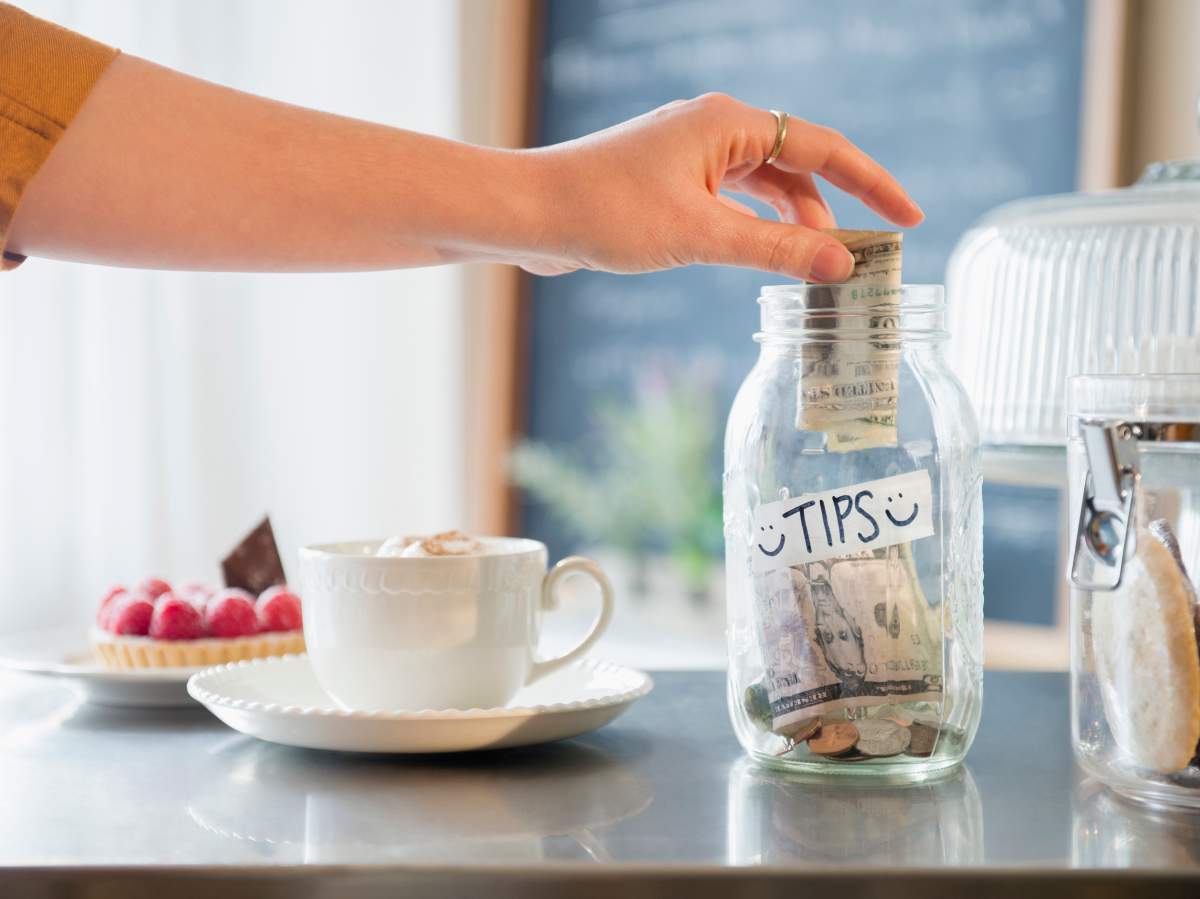You’ve just finished a life-altering meal at an out-of-the-way restaurant in Istanbul. Your servers were exceedingly gracious and the food arrived promptly with no confusion or miscommunication. How much should you tip to show appreciation for their efforts without seeming cheap or feeling like a chump? Look it up on TipAdvisor.

WATCH BELOW: Restaurant tipping strategy angers social media

An interactive tool that lets you look up the tipping protocols in 49 countries around the world, TipAdvisor was created by Go Compare travel insurance company in response to what they determined was a lot of confusion around gratuities.
“We were surprised by just how many different schools of thought there were around tipping,” Daniel Cook, PR and outreach executive at Go Compare in the U.K. said to Global News. “We wondered if not knowing how much to tip was a common problem and a little research revealed that there were over half a million Google searches a month for the word ‘tip calculator.'”

Get breaking National news
READ MORE: Breakfast Buzz: Should more restaurants adopt a no-tipping model?
Sourcing data culled from TripAdvisor and Fodor’s Travel Guides, the tool breaks down how much to tip in restaurants and at bars, and explains how much gratuity to leave for taxi drivers, hotel porters, doormen and housekeepers. It also includes the word for “thank-you” in the country’s native language along with a handy phonetic spelling to help with the pronunciation.
Cook says that an internal meeting showed that the “gratuity grouches” among them were more inclined to tip when travelling for fear of causing offence, but that over-tipping was just as much of a concern. The company plans on expanding the TipAdvisor tool to include more relevant travel information.
Why tip?
The how and why of tipping has a long history, although its focus has never changed.
Dating back to 17th century England, tipping began as a small token, called vails, left by guests in a private home for the servants, according to Tipping: An American Social History of Gratuities by Kerry Seagrave. Eventually, the practice extended to coffee houses and other commercial establishments, and it’s believed that a bowl with a sign “to insure promptitude” that was left out at a spot frequented by Samuel Johnson is where the word “tip” comes from.
READ MORE: Should parents be rewarded for bringing well-behaved kids to a restaurant?
According to an article published in The New York Times Magazine, after the Civil War, as wealthy Americans began to travel abroad, they brought the practice back to the United States believing it made them seem worldly — but Americans weren’t thrilled about it and interpreted it as “undemocratic.” Despite laws that attempted to ban the practice, by the 1950s tipping had become the norm in America, while in Paris it was decided to add a service charge to restaurant bills thus effectively eliminating tips. And the practice spread throughout Europe.
In Canada, although leaving a tip is up to the discretion of the person receiving service, a minimum of five to 10 per cent is expected even for poor service.
“In North America, many servers rely on tips and there is an expectation that even reasonable service will result in a 15 per cent tip,” Orr says.
Do your homework before visiting other countries, she says, because it could work to your advantage.








Comments